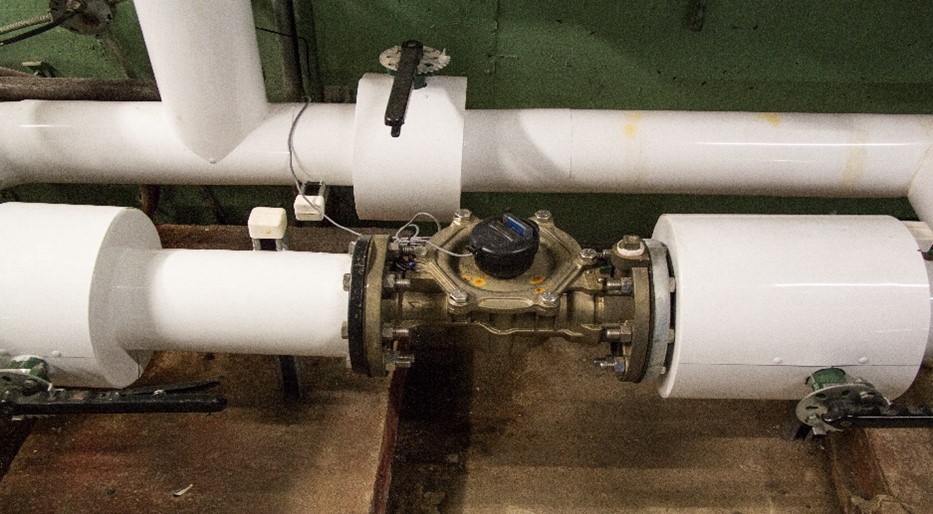
Quebecers consume water, far too much water, and even though Quebec alone has 3% of the world's freshwater reserves, the process of treatment to make it safe for consumption incurs costs. This is also the case with the wastewater treatment process, which, moreover, no longer has the same quality when it is discharged into nature. That is why it is imperative to reduce water consumption in the province.
It is to address this issue that the Quebec Government adopted, in 2011, the Stratégie québécoise d'économie d'eau potable (SQEEP). This policy aimed to reduce the average water consumption per person by 20% in 2017 compared to 2001.
Montréal, for example, aware of its important role in achieving the overall objectives of this strategy, tabled its own water strategy in the fall of 2011. Montréal's strategy includes, among other things, a plan for the installation of water meters in non-residential buildings in its territory, under by-law RGC 07-031.
The more cynical will say that this is just another way for cities to make money. If one of the objectives of water pricing is to achieve financial autonomy for the maintenance of the infrastructure throughout the urban water network, the installation of meters is mainly aimed at empowering users to use responsibly the drinking water thus ensuring equity among them.
The pricing of drinking water obviously acts as an economic constraint for the largest consumers, forcing them to take the necessary means to reduce their consumption. However, the installation of meters also makes it possible to establish an assessment of the consumption of drinking water on the territory of the city. It is then better equipped to adequately invest in the optimization of its drinking water network. Moreover, it can thus allocate resources for the development and maintenance based on the actual measured needs.
Montréal's 2015 drinking water use report indicates that there is still a lot of work to be done in terms of the implementation of water meters in buildings covered by by-law RCG 07-031. Indeed, only 30% of the 23,500 ICI buildings targeted were equipped with a water meter on December 31, 2015, and it is estimated that about half of them will have been reached by the summer of 2017. (Data gathered on July 1, 2021 shows the number of water meters in Montreal city has reached approximatively 85%).
However, even if the installation of meters has not yet been completed, this measure has already helped to reduce water consumption by 26.5% in Montréal in 2015. Overall consumption has gone from 1,120 liters of water per person per day in 2001 to 823 liters of water per day per person in 2015. In comparison in 2001, the Canadian average was 622 liters of water, and the Quebec average was 777 liters of water per person per day, according to the SQEEP.
We can see that this solution has proved its worth in Montreal, but such regulations exist in all municipalities. If you own an ICI building and have not yet installed a meter, you have a legal obligation to comply with your city's regulations.
Ask your municipality to find out the details of the regulations that concern you to take the necessary steps to this effect.
We use cookies
Respecting your privacy matters to us. We use cookies to personalize our content and facilitate your digital experience. Some cookies may be collected with your consent.
Essential
Essential cookies help make a website usable by enabling basic functions such as page navigation and access to secure areas of the website. The website cannot function properly without these cookies.
Performance
These cookies enable us to analyze navigation on our sites and improve their operation.
Customization
Preference cookies enable a website to remember information that modifies the behavior or appearance of the site, such as your preferred language or the region you are in.
Targeted advertising
These cookies help us limit the number of times you see an advertisement, personalize our offers and services according to your centers of interest, measure the effectiveness of an advertising campaign, and so on. They may be shared with our partners.
We use cookies
Respecting your privacy matters to us. We use cookies to personalize our content and facilitate your digital experience. Some cookies may be collected with your consent.